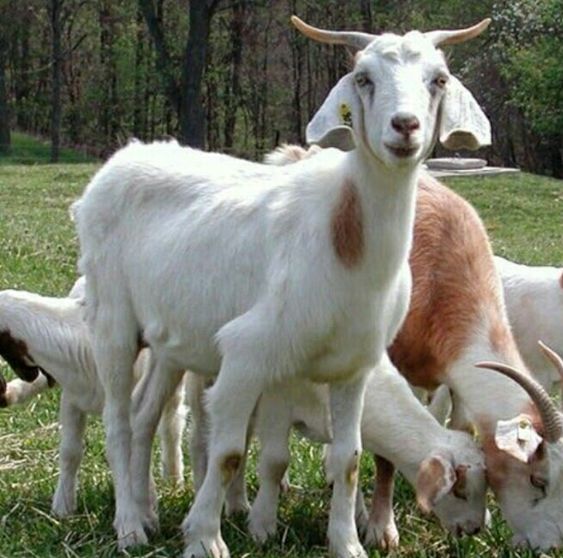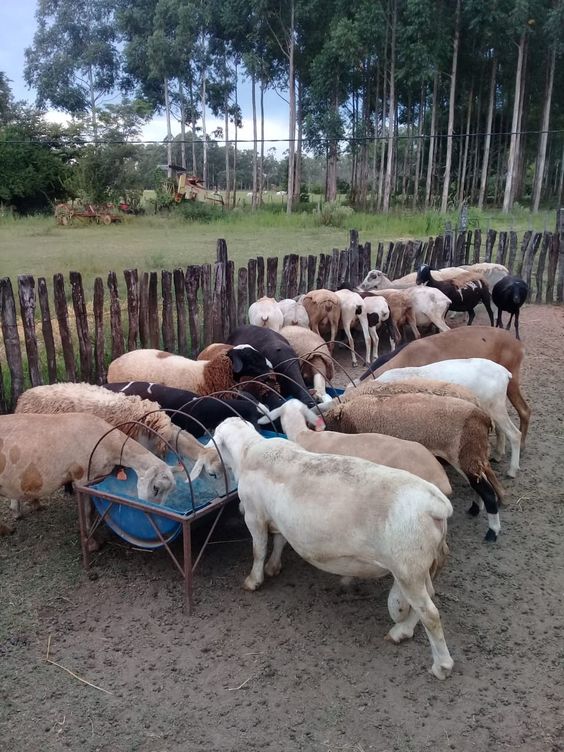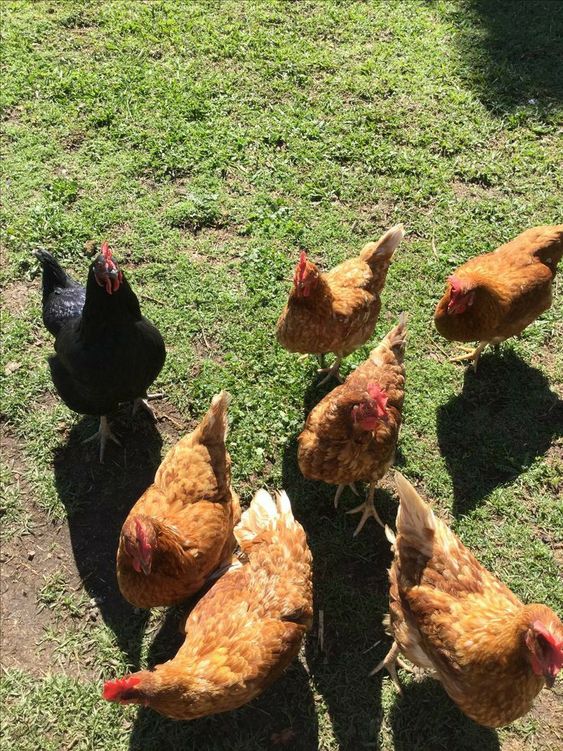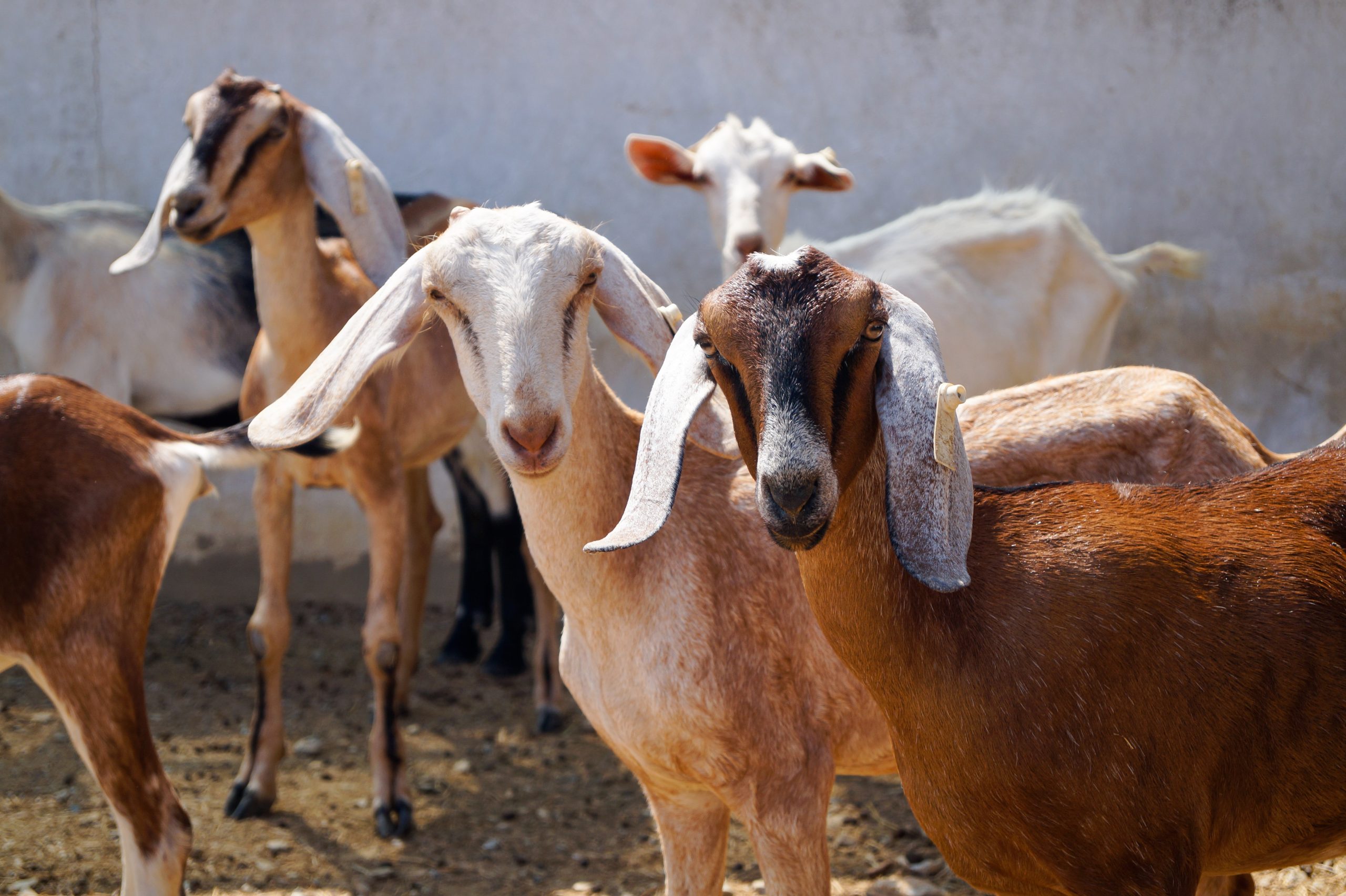Goat Farming Profitability: A Comprehensive Guide
Goat Farming Profitability can be a rewarding and profitable venture, offering a variety of income streams from meat, milk, fiber, and breeding stock. However, like any agricultural business, success hinges on careful planning, management, and understanding the factors that influence profitability. This guide delves into the world of goat farming profitability, exploring the potential income sources, associated costs, and strategies to maximize your returns.
Profit Potential in Goat Farming
Goats can be a versatile livestock option, with various profit opportunities depending on your chosen enterprise:
-
Meat Goats: The raising of goats for meat is a popular choice. Meat goat kids can be sold at weaning age (around 3-4 months), or raised to a heavier weight for slaughter. Factors like breed, quality, and market prices determine the per-head profit.
-
Dairy Goats: Goat milk is gaining popularity for its unique flavor and health benefits. Dairy goat breeds produce a consistent flow of milk, which can be sold raw, used for cheesemaking, or turned into other value-added products like yogurt or soap. Profitability depends on milk yield, product pricing, and processing costs.
-
Fiber Goats: Some goat breeds produce high-quality fiber (cashmere, mohair) used for textiles. Shearing these goats and selling the raw fiber or finished products like yarn can be a profitable niche. Fiber quality and market demand significantly impact earnings.
-
Breeding Stock: Selling breeding stock, like registered breeding goats or breeding quality kids, can be a steady source of income. This requires a focus on maintaining good quality bloodlines within your herd.
Factors Affecting Goat Farming Profitability
Several factors influence how much profit you can generate from your Goat Farming Profitability . Here’s a breakdown of the key considerations:
-
Startup Costs: These include land acquisition or lease, fencing, shelters, initial herd purchase, feed, veterinary care, and any processing equipment needed (milking machines, cheesemaking vats). Minimizing startup costs through creative solutions and used equipment can improve initial profitability.
-
Operating Costs: These are ongoing expenses like feed, bedding, veterinary care, vaccinations, parasite control, marketing, and labor. Keeping these costs in check is crucial for long-term success.
-
Herd Management: Healthy goats with good genetics are essential for profitability. Proper nutrition, breeding practices, disease prevention, and parasite control directly impact milk yield, meat quality, fiber production, and overall herd health.
-
Marketing: Developing a strong marketing strategy is crucial for selling your products. Researching local markets, establishing relationships with buyers (butchers, cheesemakers, fiber mills), and potentially establishing a direct-to-consumer presence can all influence your profit margin.
-
Scale of Operation: Larger goat farms often benefit from economies of scale, where bulk purchases of feed and equipment bring down per-unit costs. However, starting smaller and gradually expanding allows you to gain experience and manage risk before scaling up.
Strategies for Maximizing Goat Farming Profitability
Goat Farming Profitability Here are some key strategies to put into action to maximize your goat farming profitability:
-
Develop a Business Plan: A well-defined business plan outlines your goals, target market, production strategies, financial projections, and marketing approaches. This roadmap helps you make informed decisions and track your progress.
-
Choose the Right Goat Breed: Select a breed that aligns with your chosen enterprise (meat, milk, fiber). Consider factors like climate suitability, mature size, production potential, and temperament.
-
Focus on Herd Health: Preventative healthcare is critical. Implement a regular vaccination schedule, parasite control program, and provide high-quality feed and clean water to maintain a healthy herd with optimal production.
-
Manage Your Costs: Negotiate bulk feed purchases, explore cost-effective fencing and shelter options, and consider raising your own hay or forage to reduce reliance on market prices.
-
Direct Marketing: Selling directly to consumers through farmers markets, on-farm stores, or CSAs (Community Supported Agriculture) can increase your profit margin compared to selling to wholesalers.
-
Value-Added Products: Consider processing your raw products (milk into cheese, fiber into yarn) to capture a higher market value. Research local regulations and consumer demand before investing in processing equipment.
-
Diversification: Explore multiple income streams. For example, a dairy goat farm can also sell breeding stock or manure as fertilizer. Diversification can help mitigate risk and potentially increase overall profitability.






